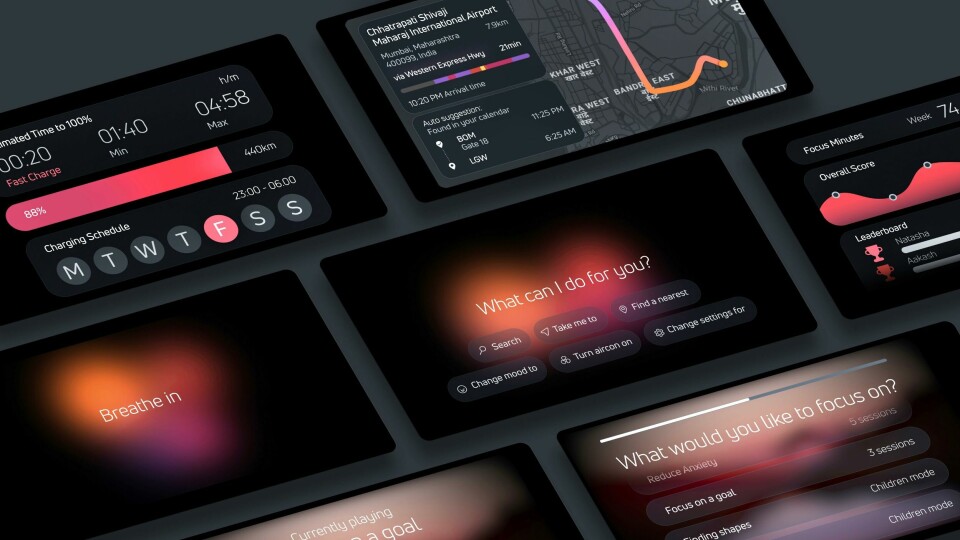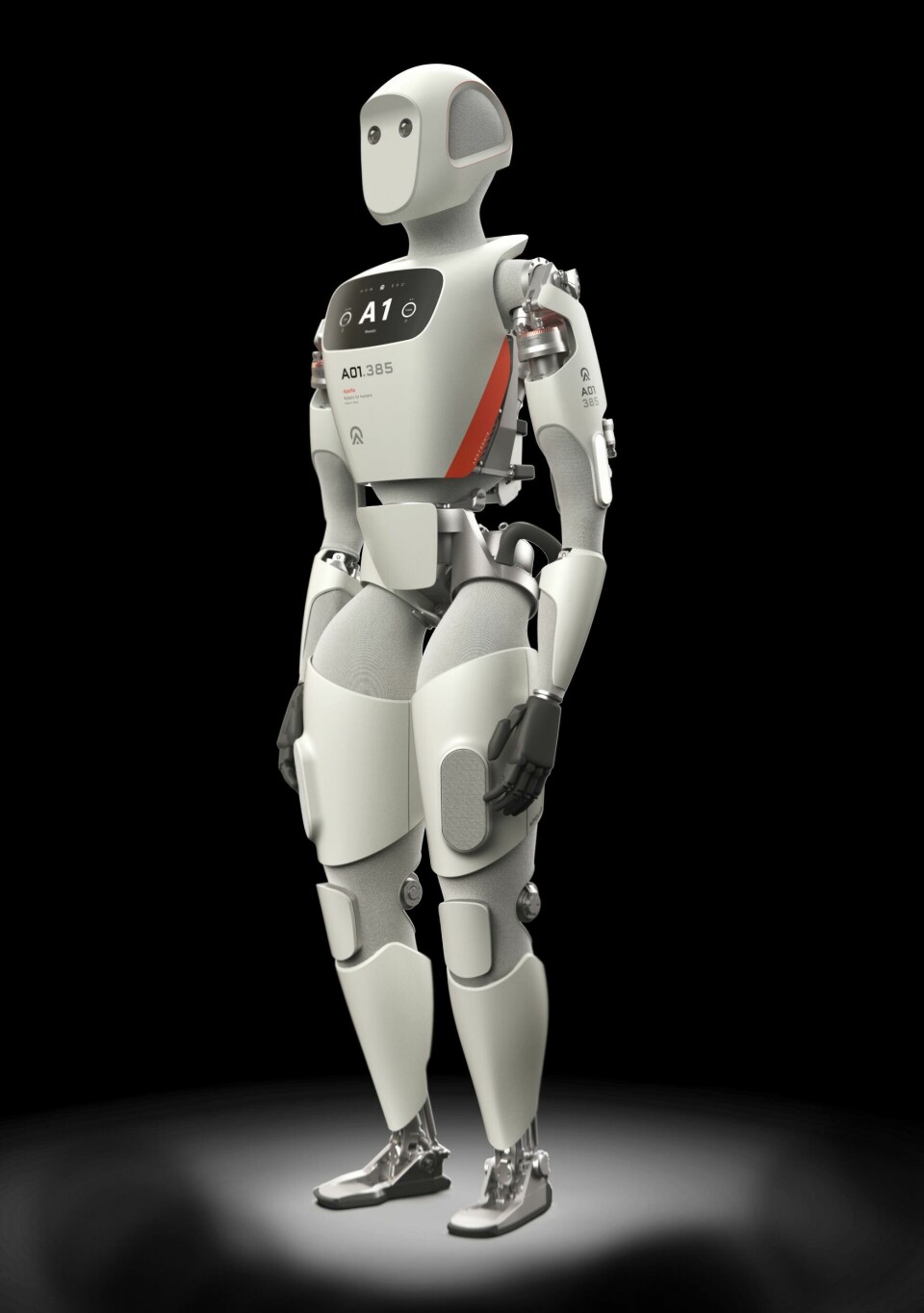
Interior Motives: why designers must bring emotion to technology
How to create tech products that customers love is the question designers must answer, writes Robert Forrest
Artificial intelligence (AI) will fundamentally change the relationship we have with technology, but you already knew that. From interaction to intuition, even intimacy, cars with the best tech will be your best friend. That is the promise of AI; whether that is preferable or not is less clear-cut.
One of the biggest challenges facing companies right now is how much AI to integrate from ‘Big Tech’. The advantages of ease of use and increased customer offers can potentially be countered by diluted brand differentiation from a limited pool of providers and concerns around data-sharing. Vehicle makers who become dependent on partners might be dissuaded from building up their own internal AI capabilities and risk undermining future competitiveness.

Just as ‘make-or-buy’ strategies shape UX, identifying what should be bought in or developed internally is one of the many decisions vehicle makers need to make. A mixed offering is inevitable. On the sliding scale of complexity, experiences may not even have to be AI. Other innovations may offer more value to the customer. Irrespective, the automotive industry already stands to benefit from AI: Apptronik’s Apollo humanoids will be in Daimler’s factories next year, functional safety software by Modelwise is gaining ground and Secondmind is shortening R&D cycles with Mazda.
For automotive designers, the job has always been about expression, casting in form the values that underpin the product and selling dreams, emotions and entertainment. Some brands will seek to aesthetically represent change, while others aspire to constancy. That is the role of brand positioning.
Within the bookends of constancy and change is each brand’s target audience. Just as physical switchgear can complement digital experiences, AI presents the paradox of how artificial or human you want it to be. Trust, loyalty, humour: describing AI in personal terms can lend a clue to its application and how to imagine form. But intelligence is not sentience, and predicting is not understanding. The anthropomorphism of AI remains tenuous.
Despite the novelty of the technology, what lies behind AI integration is a familiar process. Nobody inherently needs AI, but companies that can successfully research, visualise, test and iterate new concepts will be best placed to discover AI experiences that people actually want to pay for. This poses the question of where research sits organisationally. When used for product testing ‘sign-off’, research ensures usability, but can leave desirability off the table.

Departments working within fixed budgets may struggle to respond quickly to new business opportunities. To optimise AI investment, research needs to align with strategy and business objectives and to discover and validate value propositions that drive growth.
The 2024 IFA Berlin exhibition gave an insight to the consumer retail environment around the corner. Europe’s answer to North America’s Consumer Electronics Show (CES), the IFA showcased AI in every other product, from pool-cleaners to washing machines. It demonstrated how the ubiquity of AI can erode product differentiation. The snow-blindness of the technology meant that the brands that stood out did not lead with AI, but emphasised execution, offering superior picture, sound and material quality.
Companies need to look beyond functionality to emotional experiences
In a crowded marketplace, focusing on real user benefits is key. The last day of the event coincided with the launch of the Apple iPhone 16, with ‘Apple Intelligence’ promising personalisation, privacy, better pictures and increased feature adoption. It highlights the industry’s current state: incremental advances rather than a transformative AI revolution.
For vehicle makers, AI might be placed alongside Automated, Connected, Electric and Shared (ACES): fundamental for sure, but a ‘new normal’ rather than a point of difference. It will take broader considerations to foment the paradigm shift promised, not least the user. Companies need to look beyond functionality to emotional experiences that close the gap between people and technology. How to create tech products customers love is the question leaders must answer.



